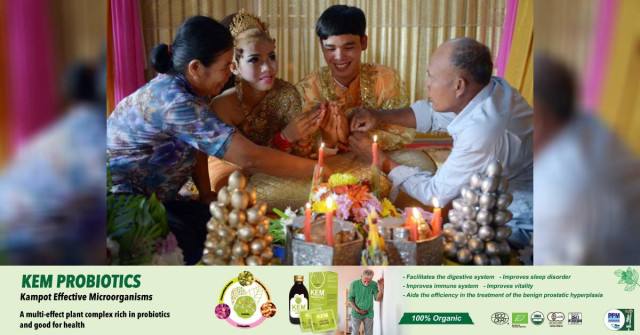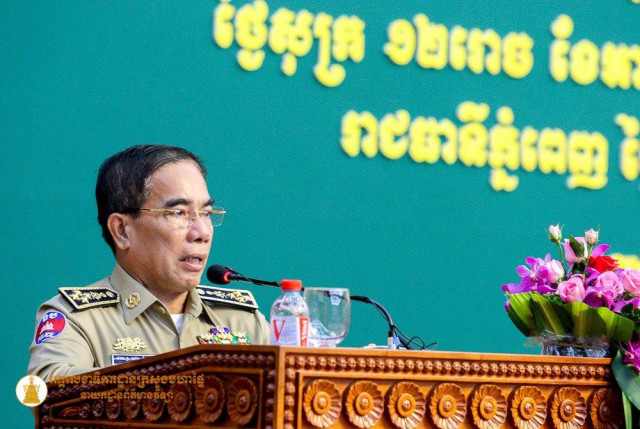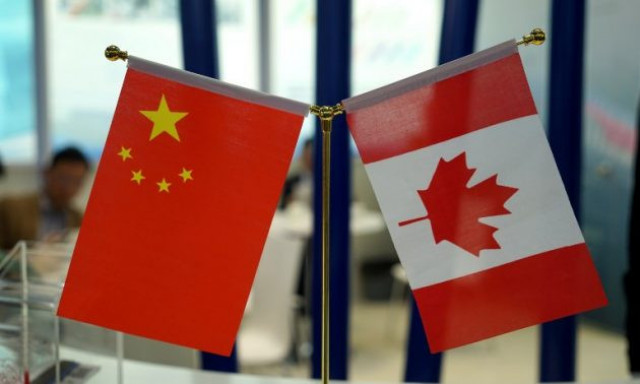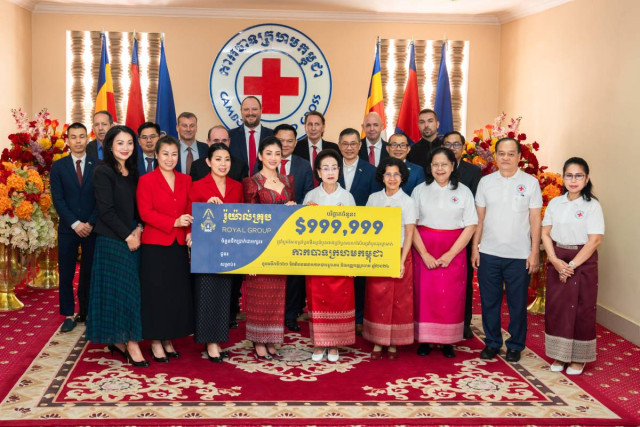UNESCO Recognition Sought for Wedding Traditions

- By Po Sakun
- March 14, 2024 5:15 PM
PHNOM PENH – Details on Cambodian weddings are being gathered for an application for the ceremonies to be included on the UNESCO World Heritage List.
Siyonn Sophearith, director-general of cultural techniques at the Ministry of Culture and Fine Arts, said the ministry is preparing documents on the “wedding in Cambodian society” to send to UNESCO as soon as late March.
The ministry organized a workshop on Mar. 11 to discuss the plan and to collect information about the traditions. Attendees included researchers, musicians, priests and wedding planner representatives.
Sophearith said intangible heritage refers to culture and tradition practiced in society now, not in the past.
He said that the country has different cultures of wedding tradition which varies according to places, music, layman and make-up.
“We sent researchers to provinces include Battambang, Siem Reap, Kandal, and Kampong Cham. We gathered some photos. On Mar. 11, many laymen came to the ministry to represent their respective communities and prepared the documents to UNESCO,” he said.
Sophearith said the ministry will send the documents to UNESCO but the real proposers are the villagers or communities that own the cultures.
The UNESCO Commission will check the documents between April and June. The world body will then inform Cambodia if the documents have enough information.
If not, UNESCO will send them back to gather more evidence, Sophearith said. If everything is in line with the criteria, the application will be evaluated by UNESCO’s advisory body. The World Heritage Committee will make the final decision for listing.
Even with enough documents, it doesn’t guarantee the inscription as the UNESCO will observe whether the country really practises or promotes the culture or just says it does, Sophearith said.
“The most important thing is the owner, the villagers or members of communities, who practice the tradition. The ministry is acting as the facilitator in this process but the protector is absolutely the villagers,” he said.
“If UNESCO does not see evidence of villagers protecting it, UNESCO will not allow it. The request to UNESCO is not for the ministry alone. It needs the involvement of villagers and all participants to prepare the document because it’s about the community.”
Cambodia’s last cultural asset accepted on UNESCO’s list is Koh Ker archaeological site which was included in 2023.
Originally written in Khmer for ThmeyThmey, this article was translated by Nhor Sokhoeurn for Cambodianess.















